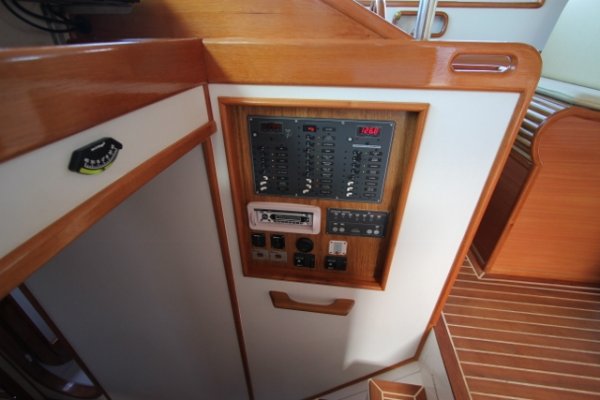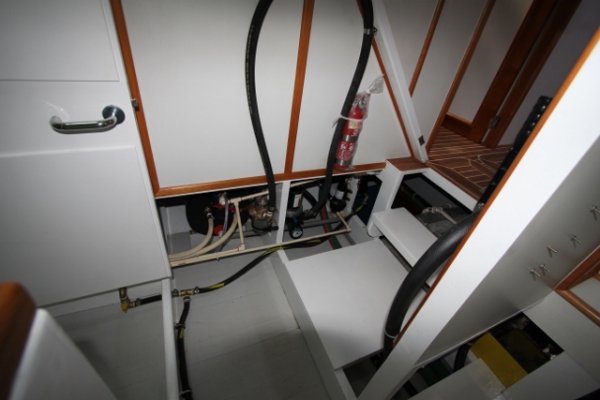Portuguese
Guru
Guys
Since I launched my boat I have had something wrong with my electrical set up. I knew from the beginning that electricity, would be the least perfect of my systems as I had to rely on others to set it up. My knowledge in this field is minimal not to say that it is null.
I have 5 x 150 Amp/hr house batteries which I always keep charged. They only supply other systems but engines. There are dedicated batteries for engines, and pretty soon for the BT and Windlass when I connect 2 x 220 Amps/hr for the purpose.
So, why every time I turn on pumps, salt water, fuel transfer or even the fresh water one while opening the tap, my lights dim when they start? Is this normal? if the batteries are fully charged, why they cannot keep up with a pump starting?
Somebody told me that I should review the wiring sizes as I may have inappropriate size cabling all over. Is this a factor? What else should a think of?
Thanks for your ideas.
Fernando
Since I launched my boat I have had something wrong with my electrical set up. I knew from the beginning that electricity, would be the least perfect of my systems as I had to rely on others to set it up. My knowledge in this field is minimal not to say that it is null.
I have 5 x 150 Amp/hr house batteries which I always keep charged. They only supply other systems but engines. There are dedicated batteries for engines, and pretty soon for the BT and Windlass when I connect 2 x 220 Amps/hr for the purpose.
So, why every time I turn on pumps, salt water, fuel transfer or even the fresh water one while opening the tap, my lights dim when they start? Is this normal? if the batteries are fully charged, why they cannot keep up with a pump starting?
Somebody told me that I should review the wiring sizes as I may have inappropriate size cabling all over. Is this a factor? What else should a think of?
Thanks for your ideas.
Fernando
Attachments
Last edited by a moderator:





